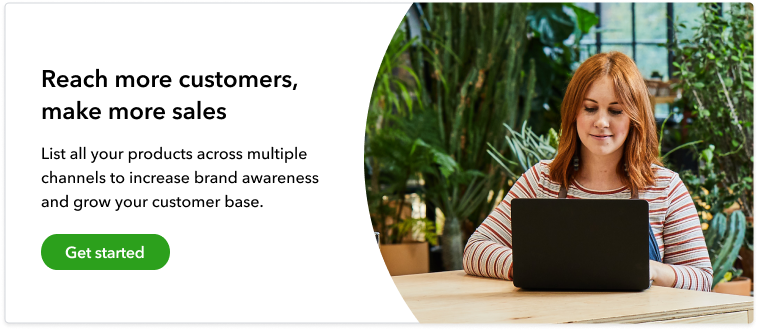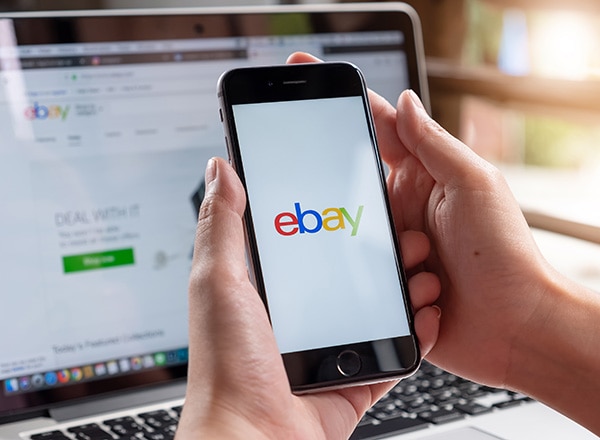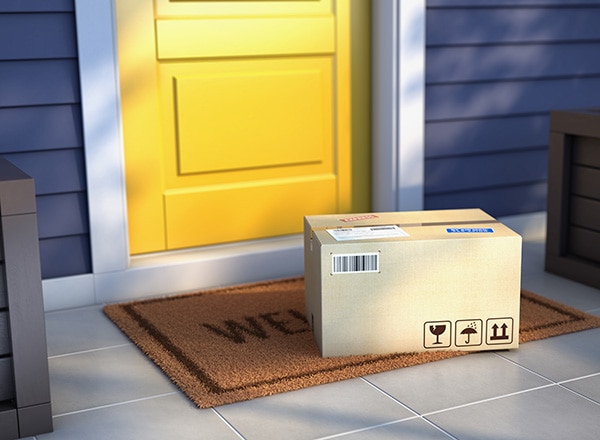3. Understand the rules of the road
You’re eager to create your first eBay listings and start watching the sales come in. But, it’s smart to get the lay of the land before you find yourself confused. There are a few important things to know about eBay fees, listing types, and seller limitations.
Let’s start with listing types. When listing an item for sale on eBay, you’ll be able to choose between two options:
- Auction-style: You’ll set a time period and buyers will bid on your item, much like an auction.
- Fixed-price listings: You’ll set a price for your item. This is the “buy it now” button you see on eBay. This allows people to skip the auction and purchase directly for your price.
As an e-commerce business, you’ll likely benefit most from the fixed-price listings. Auction-style is a better fit for one-of-a-kind items or pieces you don’t have large inventory for.
What about selling fees? Like most other online marketplaces and platforms, eBay comes with a price. eBay has a number of different seller fees, including:
- Insertion fees: You can list 250 items each month for free. Beyond that limit, you’ll pay a $0.35 listing fee (also called an insertion fee) per listing for most product categories. It’s not a problem for brands who are selling smaller quantities of items. But, for e-commerce brands who are listing and selling a lot of products, these listing fees can add up.
- Final value fees: If an item sells, eBay will also take a percentage of that item’s final selling price. Most product categories have a fee of 12.55% or lower, plus a $0.30 transaction fee.
Additionally, if you want to increase the appeal of your listings with things like larger photos or multiple product categories, you’ll also pay for those listing upgrades.
Finally, you can’t just list hundreds of products for sale on eBay immediately. In order to protect shoppers and help businesses ensure their eBay business is manageable and sustainable, the platform has selling limits for new eBay accounts.
As a brand new business account, you’ll likely be limited to 10 items or $750 in listings per month. As you prove that you can meet that demand, eBay will increase your limit—or you can request a limit increase immediately.















